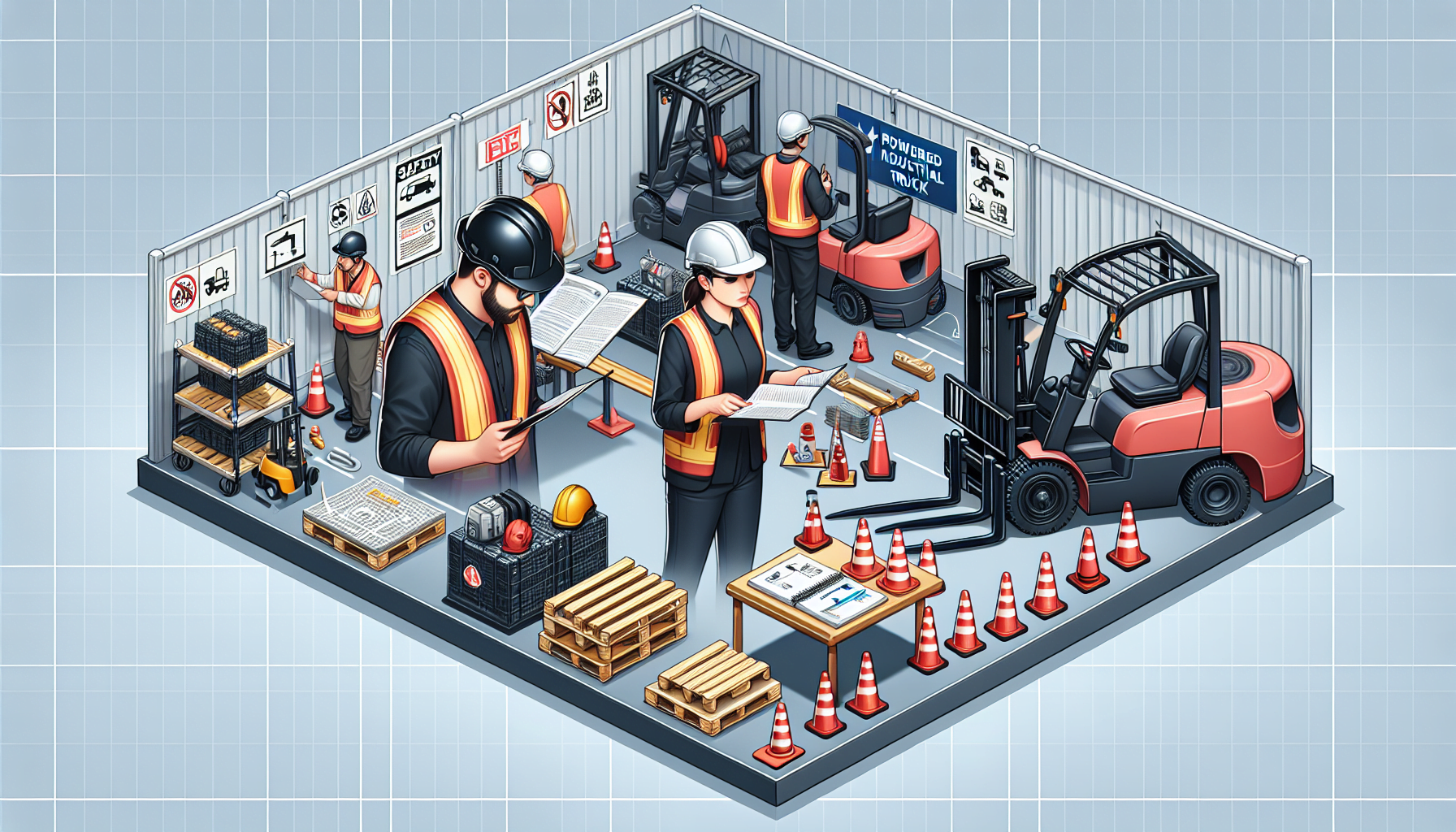Warehouse environments can be busy and fast-paced, with workers operating various types of equipment such as forklifts, cherry pickers, and pallet jacks. With so much activity happening simultaneously, it is crucial to prioritize safety in all aspects of warehouse operations. One area that often gets overlooked when it comes to safety is addressing pit safety in temporary workspaces.
The Importance of Addressing PIT Safety
Powered Industrial Trucks (PIT), including forklifts, are a common sight in warehouses and play a vital role in material handling and storage operations. However, without proper precautions in place, PITs can pose significant risks to workers and the overall safety of the workspace.
Temporary workspaces within the warehouse, such as open pits or areas where maintenance or repairs are being conducted, require even more attention to ensure the safety of workers. These spaces often present unique challenges and hazards that need to be addressed properly.
Identifying and Mitigating Risks
When it comes to addressing pit safety in temporary workspaces, a proactive approach is essential. Here are some steps that warehouse managers and supervisors can take to identify and mitigate risks:
- Conduct a thorough risk assessment: Start by conducting a comprehensive risk assessment of the temporary workspace. This assessment should identify any potential hazards and evaluate their severity and likelihood. It is important to involve workers who will be working in these areas to gather insights and feedback.
- Implement safety measures: Once the potential risks have been identified, it is crucial to implement appropriate safety measures. This can include installing safety barriers or guardrails around open pits, ensuring proper lighting for visibility, and clearly marking restricted areas.
- Provide training and education: Proper training is key to ensuring that workers understand the risks associated with temporary workspaces and how to mitigate them. Train employees on safe work practices, emergency procedures, and the proper use of Personal Protective Equipment (PPE). Regular refresher training should also be conducted to keep safety at the forefront.
- Enforce strict access control: Limiting access to temporary workspaces to authorized personnel only is crucial for maintaining safety. Implement a clear access control policy and ensure that workers are aware of the restricted areas. This can be achieved through the use of access cards or key systems.
- Regular inspections and maintenance: Regularly inspecting and maintaining the temporary workspaces is essential to ensure their ongoing safety. This includes checking guardrails, lighting, and any equipment used in the area. Encourage workers to report any safety concerns or hazards they come across.
By following these steps and addressing pit safety in temporary workspaces, warehouse managers can create a safer working environment for their employees and minimize the risk of accidents or injuries. However, it is essential to continually review and improve safety protocols to adapt to changing circumstances and regulations.
Partnering with HCO Innovations for Warehouse Safety Evaluation
Ensuring warehouse safety requires a comprehensive approach that addresses all areas of operations. HCO Innovations specializes in warehouse optimization solutions and can help businesses enhance safety, productivity, and efficiency within their warehouse operations.
With their expertise and experience, HCO Innovations can assist in conducting a warehouse safety evaluation, including assessing pit safety in temporary workspaces. Their team of professionals can identify potential risks, develop customized safety solutions, and provide training and ongoing support to ensure a safe working environment.
If you are looking to enhance safety in your warehouse, consider partnering with HCO Innovations. Their commitment to excellence and their focus on warehouse optimization can help you create a safer and more efficient workspace for your employees.
Contact HCO Innovations today to learn more about their warehouse safety evaluation services and how they can assist you in addressing pit safety in temporary workspaces.

